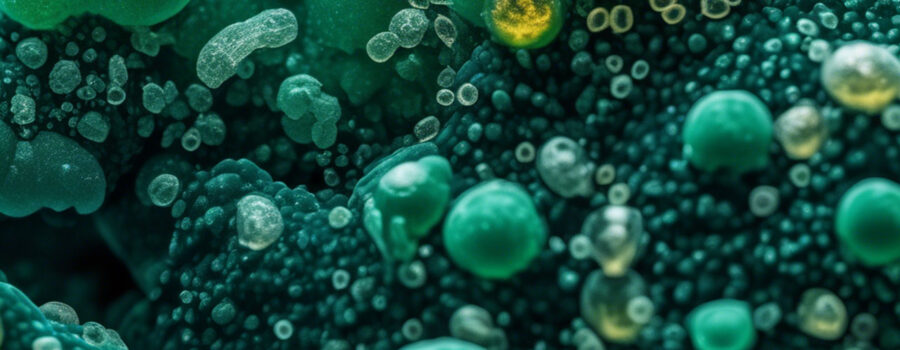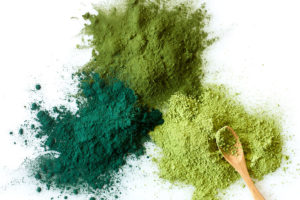Microplastics, defined as plastic particles less than 5mm in size, have become a significant environmental concern due to their pervasive presence in aquatic ecosystems. Their impact on various organisms, including microalgae like Spirulina (Arthrospira platensis), is an active research area. Below is a detailed examination of how microplastics in growth water can affect Spirulina cells.
1. Uptake and Accumulation
Spirulina cells can interact with microplastics present in their growth environment. Studies indicate that microalgae can absorb these particles through passive adsorption or ingestion. The uptake mechanism may vary depending on the microplastics’ size, shape, and surface characteristics.
- Passive Adsorption: Smaller microplastic particles may adhere to the surface of Spirulina cells due to electrostatic forces or hydrophobic interactions.
- Ingestion: The cells might take up larger particles through phagocytosis or endocytosis.
This interaction leads to the accumulation of microplastics within the algal biomass, which could alter cellular functions.
2. Physiological Effects
The presence of microplastics in growth water can induce various physiological changes in Spirulina:
- Growth Inhibition: Research has shown that high concentrations of microplastics can inhibit the growth rate of Spirulina. This inhibition may be attributed to physical blockage or interference with nutrient absorption.
- Photosynthetic Efficiency: Microplastics can affect light penetration in water, thereby reducing photosynthetic efficiency. If light availability decreases, it directly impacts the energy production necessary for cellular metabolism.
- Stress Responses: Exposure to microplastics may trigger stress responses within Spirulina cells, leading to increased production of reactive oxygen species (ROS). Elevated ROS levels can cause oxidative stress, damaging cellular components such as lipids, proteins, and DNA.
3. Biochemical Changes
Microplastics can also induce biochemical alterations within Spirulina:
- Metabolic Shifts: The presence of foreign materials like microplastics may lead to shifts in metabolic pathways. For instance, there could be an increase in secondary metabolite production as a defense mechanism against stress.
- Nutrient Composition: The nutritional profile of Spirulina can change due to altered metabolic processes influenced by microplastic exposure. This can affect its value as a dietary supplement or food source.
4. Ecotoxicological Implications
The interaction between Spirulina and microplastics raises concerns about ecological implications:
- Food Web Dynamics: As a primary producer in aquatic ecosystems, Spirulina has cascading adverse effects throughout the food web.
- Toxicity Transfer: Microplastics often adsorb harmful pollutants from the surrounding environment (e.g., heavy metals and persistent organic pollutants). When consumed by organisms higher up the food chain, these toxins bioaccumulate and pose serious health risks.
5. Mitigation Strategies
To address the potential adverse effects of microplastics on Spirulina cultivation:
- Water Filtration: Implementing advanced filtration systems during cultivation eliminates microplastic contamination.
- Monitoring and Regulation: Regularly monitoring the water for plastic pollution is essential for maintaining healthy cultures.
While Spirulina exhibits some resilience against environmental stressors, microplastics pose significant challenges that can impair growth and physiological functions. Understanding these interactions is crucial for ecological conservation efforts and optimizing Spirulina cultivation practices.
Raw Living Spirulina guarantees that our systems are free from Microplastics.
Top 3 Authoritative Sources
- Environmental Science & Technology
- A peer-reviewed journal that publishes research articles on environmental science issues, including studies on microplastic pollution and its effects on aquatic organisms.
- Marine Pollution Bulletin
-
- A journal focusing on marine pollution research includes studies examining how contaminants like microplastics affect aquatic life, including algae.
- Journal of Applied Phycology
-
- This journal covers research related to algae applications and includes studies investigating how environmental factors influence algal physiology and biochemistry.






Recent Comments